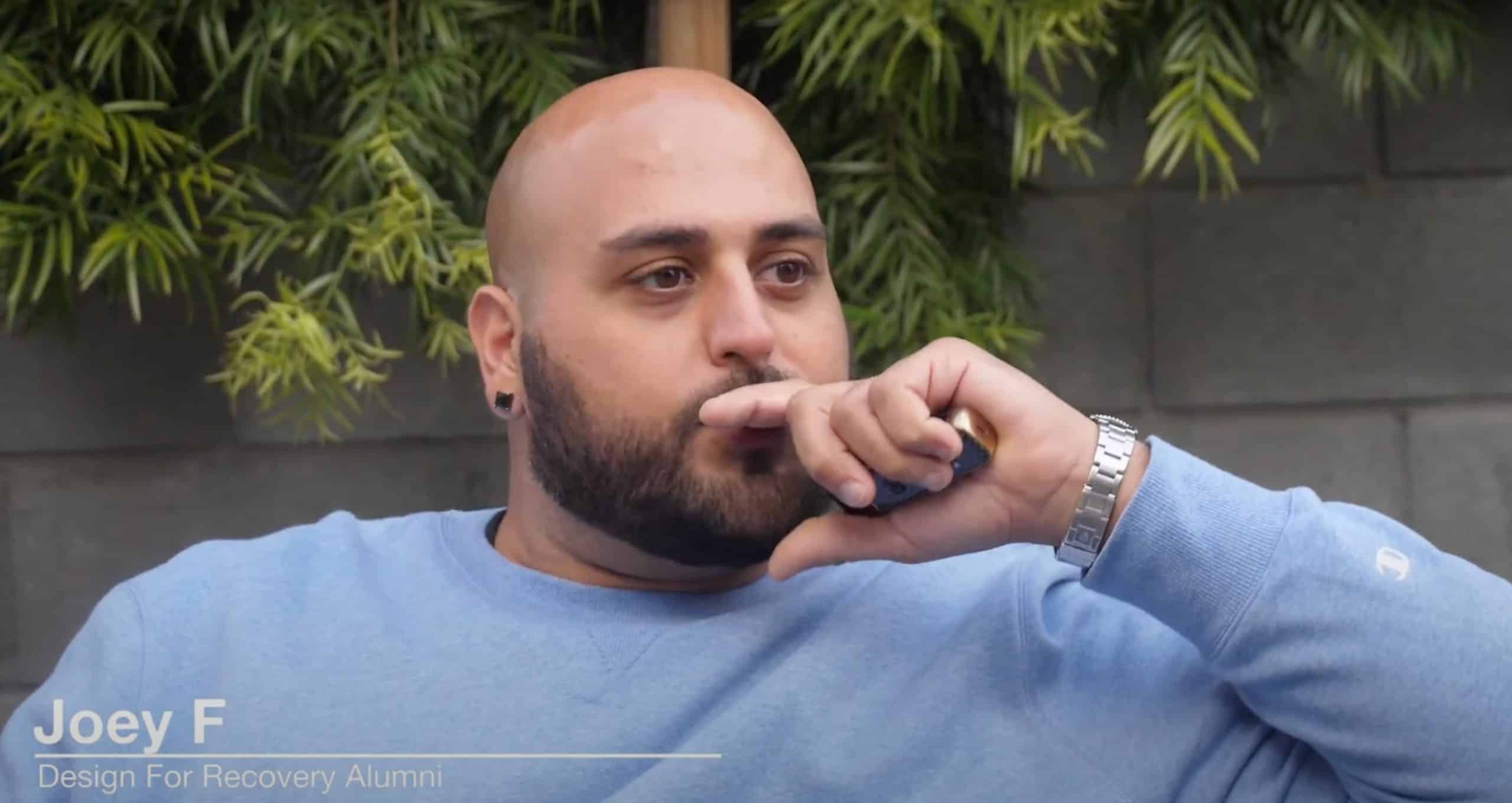Given that there are so many different types of prescription drugs and so many distinct illicit drugs of abuse, it is more important to understand how a drug works and how it affects the body. The difference between illicit and licit drugs is simply a technical matter and rarely tells you anything about the dangers or effects of taking a substance.
On This Page:
How Are Licit and Illicit Drugs Defined?
The definition of an illicit drug is an illegal substance. Illegal drugs are sometimes specifically classified as illegal by different government agencies. In the United States, two different government agencies are responsible for determining a drug’s legal status. These agencies are the Drug Enforcement Agency (DEA) and the Food and Drug Administration (FDA). Under the rubric of the United States Controlled Substances Act, both the DEA and the FDA work together to classify distinct substances. When these agencies determine that a substance has no medical purpose whatsoever, it is classified as an illegal substance.
Not all illicit drugs are entirely banned. Some are merely more tightly controlled or regulated. Some drugs are illegal for certain purposes or certain populations.
Commonly abused illicit drugs include cocaine, heroin, MDMA (ecstasy), LSD, and psilocybin mushrooms.
Licit drugs are substances that are regulated and legal. In some cases, licit drugs are simply totally unregulated by government agencies. Sometimes licit drugs occupy a legal gray area. For instance, marijuana is legalized on the state level in many jurisdictions. Nonetheless, the substance remains totally illegal under federal law.
It is important to recognize that just because a drug is licit or available legally does not mean it is safe or non-addictive. In fact, licit drugs are some of the most widely abused substances in the United States. Commonly abused licit drugs in the US include nicotine (the active ingredient in cigarettes), alcohol, and caffeine,
Types of Licit Drugs
Licit drugs are substances that the government approves and recognizes as legal. Licit substances include two categories of drugs: medications that are available over the counter as well as recreational drugs that are legal. Some over the counter (OTC) medications that were once available by prescription only, such as certain sleeping aids, are classified as licit.
Some common examples of licit drugs include:
- Ibuprofen. This OTC medication is an NSAID. It is used to treat pain, especially muscle aches, arthritis, and minor injuries.
- Aspirin. This painkiller is another OTC option. It is a nonsteroidal anti-inflammatory medication that is intended to relieve inflammation and pain.
- Nicotine. Nicotine is the chemical compound in cigarettes and other tobacco products. It is the primary cause of the addiction that tobacco product users develop.
- Caffeine. Caffeine is a stimulant drug that is found in tea, coffee, soda, and chocolate. It increases alertness, energy, and mental focus. It is also highly addictive. Caffeine withdrawal is so intense that caffeine is sometimes classified as a “hard drug,” even though it is totally legal.
- Alcohol. Alcohol is the second most widely abused drug in the United States, after nicotine. Some people don’t even think of alcohol as a drug simply because it is legal and because it is so widely consumed. But alcohol is a powerful drug. It is a central nervous system depressant that reduces anxiety and slows down brain activity. Drinking alcohol makes it easier for people to enjoy themselves, open up, and relax. Unfortunately, it is also highly addictive, and when it is consumed in heavy doses it can lead to confusion, memory loss, hallucinations, and even fatal overdoses.
Types of Illegal Drugs
Illegal – or illicit – drugs are substances that affect the mind and body in numerous ways. They are often considerably more dangerous than licit drugs, though this is not always the case. Some of the most common types of illicit drugs are heroin, cocaine, ecstasy (MDMA), marijuana, crystal meth, LSD, and many others. These substances have no recognized medical use and are simply consumed by recreational drug users as substances of abuse.
Below are listed some of the most notorious illicit drugs consumed by addicts and drug abusers. While there are plenty of myths and misconceptions around these drugs, in part because they are so widely depicted in movies and television, the fact remains that they truly are both dangerous and addictive.
- Cocaine. Cocaine is a stimulant, but it is far stronger than the licit stimulant caffeine. When consumed, cocaine raises the heart rate and increases blood flow throughout the body. It provides a strong feeling of euphoria and increases energy levels. It can produce dangerous side effects like heart attacks and it very rapidly produces physical dependence.
- Heroin. Heroin is a narcotic and a central nervous system depressant. This opioid drug is originally derived from morphine, a substance taken from poppy plants. While notoriously injected, it can also be smoked. Heroin very rapidly leads to addiction, and heroin overdoses are also on the rise, in part because drug dealers often contaminate their heroin with a highly potent prescription opioid, fentanyl.
- Marijuana. Marijuana is the most commonly abused illicit drug. This popular recreational drug has both sedating and stimulating properties, and it also has mild psychedelic effects. While unlikely to cause physical dependence, many people do become psychologically dependent on cannabis. While it remains illegal on the federal level, many states have taken steps to legalize the drug.
- Crystal meth. Crystal meth is a stimulant that raises blood pressure, increases heart rate, and causes users to feel a tremendous amount of power, euphoria, and energy. The physical side effects of crystal meth addiction can rapidly destroy a person’s life, causing their body to deteriorate and their brains to atrophy from psychosis and paranoia.
- LSD. LSD is a hallucinogen that makes people see vivid images and changes how their perceive the passing of time. People take LSD in order to experience a “trip.” While LSD rarely leads to physical dependence, it can cause cognitive changes and mood disturbances that can damage a person’s livelihood. It is also possible to develop a psychological dependence on this substance.
- Ecstasy (also known as MDMA). Ecstasy is a psychedelic drug that also has stimulating properties. When it is consumed, users experience altered perceptions and moods. Most of them report feeling happiness, relaxation, and increased feelings of social connection.
Do You or a Loved One Need Help?
Are Legal Drugs Addictive?
Many people mistakenly believe that taking a legal drug is a risk-free course of action. However, just because a doctor prescribes a drug or it is available in stores without a prescription does not mean it is safe and non-addictive. In fact, the most widely abused drugs are legal. These include nicotine and alcohol, both of which claim many thousands of lives a year. Prescription opioids painkillers are often seen as safer because they are prescribed by doctors, but many prescription opioids, such as fentanyl, are actually many times stronger than heroin. This is why it is important to research and understand the specific drug in question rather than assuming it is safe simply because it is legal.
It is also wise to recognize that prescription drug addiction and illicit drug addiction are often inseparably linked. Research shows that 80% of current heroin users began by getting addicted to prescription opioid painkillers.
Getting Help for Drug Addiction in Los Angeles
If you’re looking for help rebuilding your life after quitting drugs, sober living in LA may be the answer. Whether your addiction was to legal or illicit drugs, the disease of addiction doesn’t discriminate. At Design for Recovery, our sober living house provides a safe and supportive environment for individuals seeking to overcome addiction and build a new life in sobriety. Our program is designed to help residents develop the skills and tools they need to achieve lasting recovery, including a strong social support system, a trigger-free environment, and assistance in building a fulfilling life. Our experienced staff works closely with each resident to provide individualized care and support, creating a safe and nurturing environment for healing and growth. Don’t let addiction control your life any longer – reach out for help today and start your journey to lasting recovery at our sober living house in LA.
Are You Looking for a Safe and Structured Place?
Join us at Design for Recovery sober living homes in Los Angeles, California.







